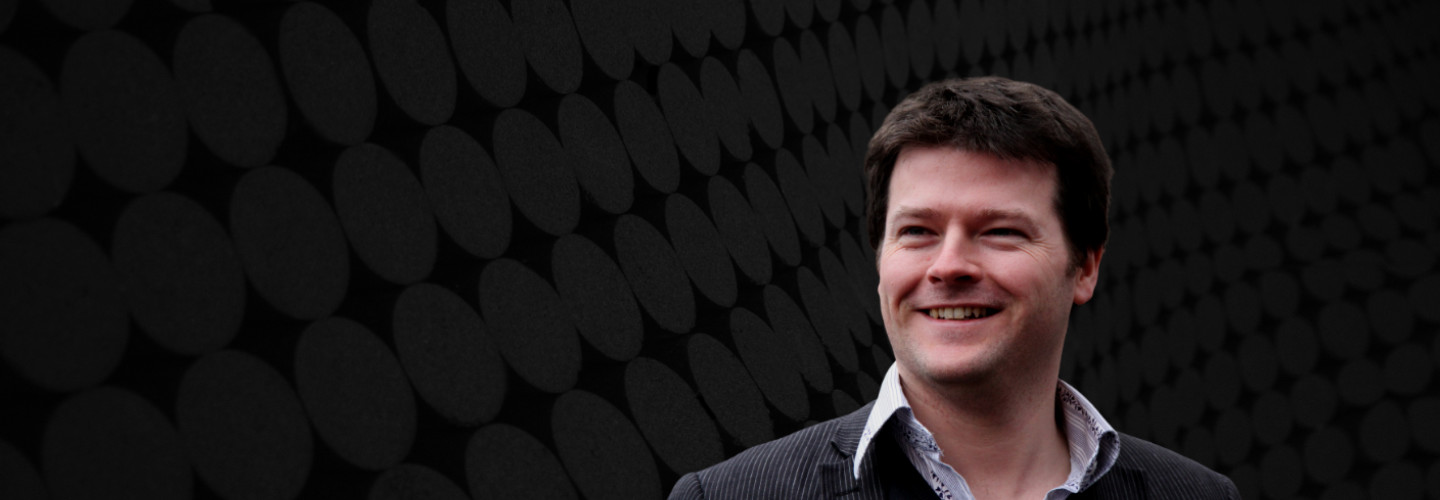


David Fennessy
This is how it feels (Another Bolero)
Short instrumentation: 2 2 2 2 - 2 2 2 0 - timp, perc(2), vln.I, vln.II, vla, vc, cb(2)
Duration: 18'
Instrumentation details:
1st flute
2nd flute (+picc)
1st oboe
2nd oboe (+c.a)
1st clarinet in Bb
2nd clarinet in Bb
1st bassoon
2nd bassoon
1st horn in F
2nd horn in F
1st trumpet in Bb
2nd trumpet in Bb
1st trombone
2nd trombone
timpani
1st percussion (vibraphone, medium or large timpani)
2nd percussion (tubular bells, piccolo timpani)
violin I(8)
violin II(6)
viola(4)
violoncello(4)
1st contrabass(1)
2nd contrabass(1)
I had a strange image in mind as I started work on this piece. It was of a microscopic orchestra all seated in the swirl of a fingerprint. I was thinking about the point of contact between a bowed open string and a violinist’s finger and an entire orchestral sound was seeping out from beneath it.
I wanted to show how it felt to make a sound – something tactile and sensual.
Physical durations – the length of a full up bow or down bow, an inhalation or exhalation, tracing a finger across a drum skin - would determine the lengths of phrases. All the tiny details in the overall sound would come from the simplest of sources – stopping a note on a string.
For this reason the violins, violas and cellos have some strings detuned, allowing them to play only open strings and natural harmonics in the beginning.
In a way, the shape of the whole piece is actually the detailed plotting of a journey from the simplicity of a touched harmonic to the seductive, sophisticated tone of a ‘stopped’ note.
David Fennessy
